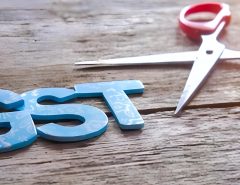Highways in New India @75 are remarkably different from India @ 50. Much has improved in the last few years in terms of rapid construction, better maintenance, and technology, and streamlined dispute resolution. National Highway length is up 50 per cent since 2014. Land acquisition is now much less problematic. Solutions have been found for stuck PPP projects, so that construction is completed. Affordable Arbitrations and claim settlements have been institutionalised. Successful asset monetisation is leading to long-term global capital funding platforms for Indian Highways.
Most FICCI members in the roads sector are not PPP investors, but road construction companies and those who supply inputs, be it in terms of cement, steel, aggregate, etc., or equipment; or those who supply technology solutions, or those who supply advice: consultants for business, financial, legal, and other advisors. For our FICCI members, both construction and operations of highways and associated infrastructure are important, as is the road user experience. Electronic toll collections through FASTags have become near universal, which has de-fanged toll plazas of their earlier tension of traffic jams.
The industry looks forward to more initiatives in road safety, better logistics, and much better user experience in terms of road pavement quality and rest areas’, along not only new expressways, but also existing four-lane and six-lane highways. In many ways, the completion of the US Interstates from 1956-1965 led to the road trip culture in America. It is today possible to drive from anywhere to anywhere in India in less than four days. With the incipient expressways, this experience would only get better.
Such issues have been well analysed in FICCI-CRISIL’s Knowledge Paper on ‘Accelerating the Road Infrastructure: New India @75, 2nd edition of Roads & Highways Summit’. The Paper describes the significant initiatives in Multi Modal Logistics Parks and plans for way-side amenities. We welcome and would appreciate further comments and suggestions on how we could enable the ideas in the National Infrastructure Plan (NIP) and the National Monetisation Plan (NMP) to get converted into cash-flow and infra-assets benefiting the government, the private sector and above all, the road user.
The author is Co-Chair, FICCI Transport Infrastructure Committee and Head- Special Initiatives, Development Projects, Larsen & Toubro





